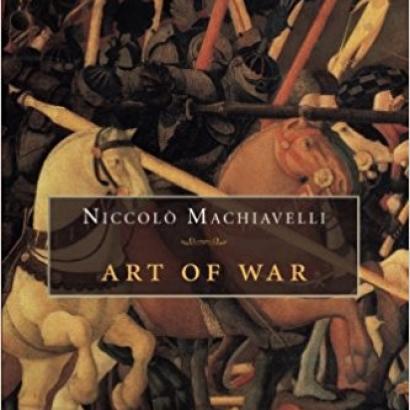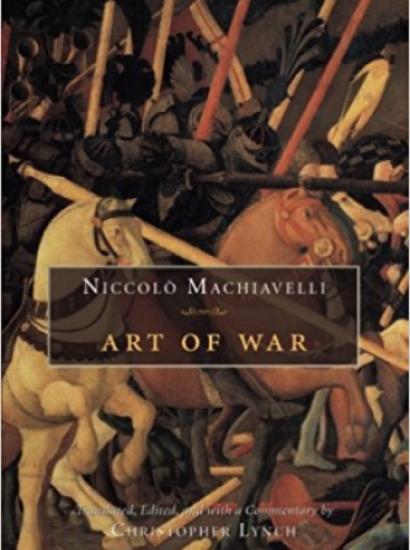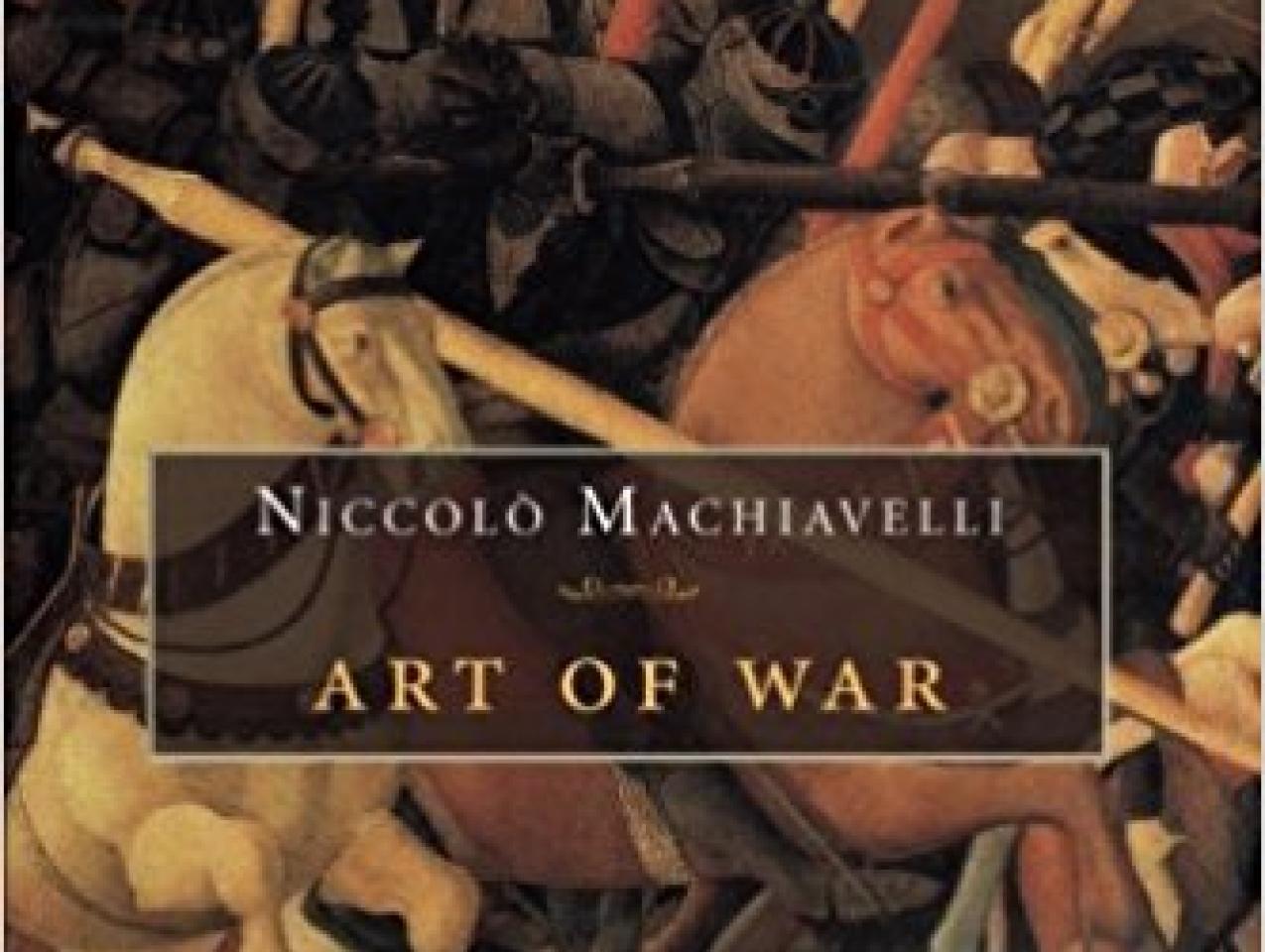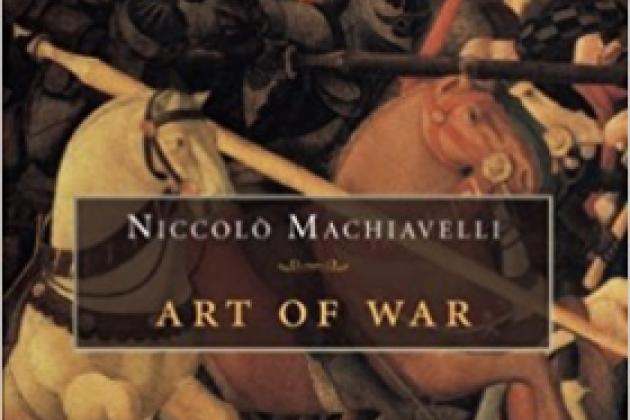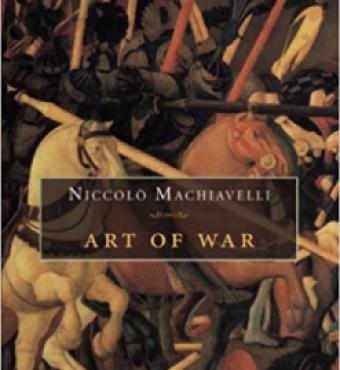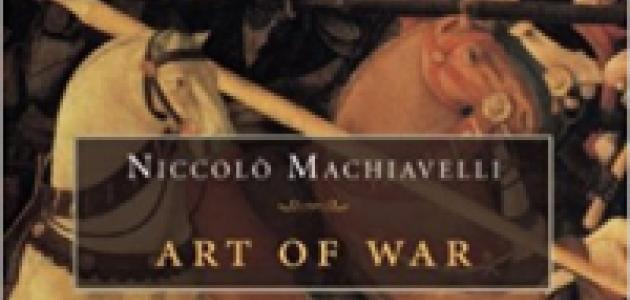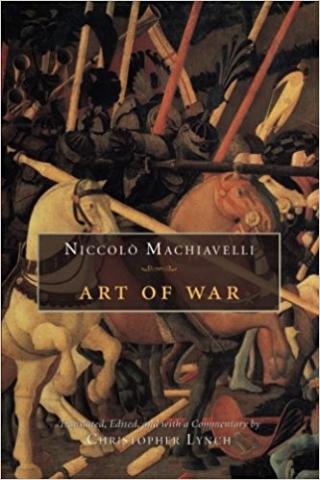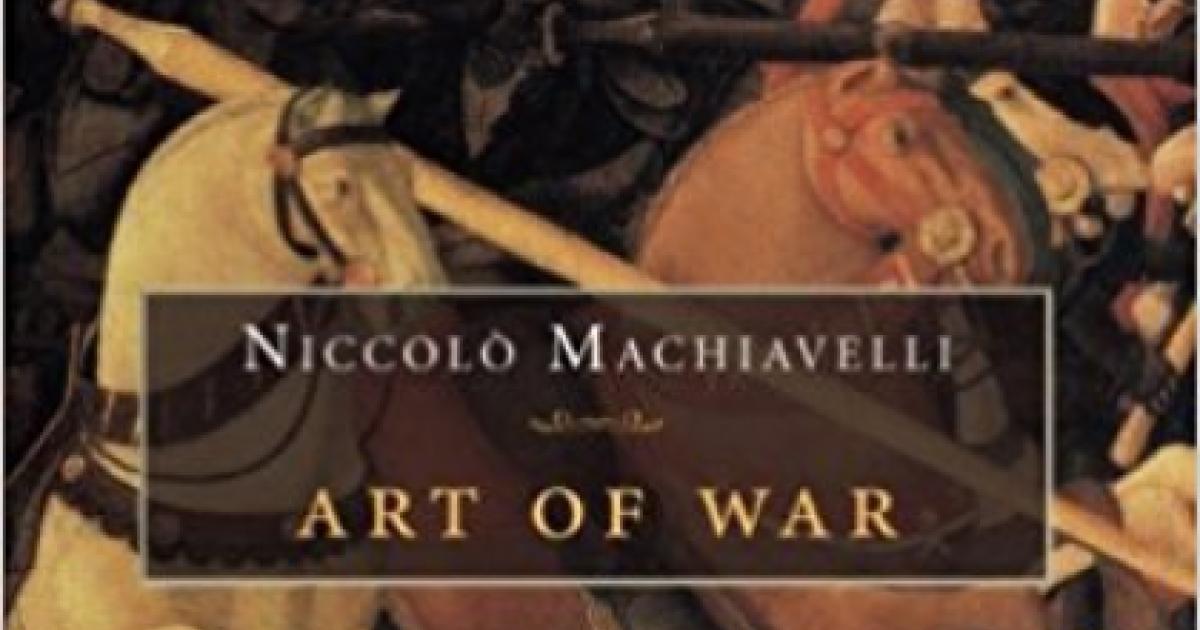In this, the least known of his works, Machiavelli gives straightforward advice on organizing and conducting military operations. The Art of War’s clear, and concise style is diametrically opposed to that of The Prince. The book is wholly practical, considers contrasting arguments, and even includes illustrative diagrams. Its format is that of a conversation between a military expert and interested citizens. Although the expert, Fabrizio, is obviously Machiavelli himself, the format provides at least an arguable degree of separation between Machiavelli and his advice.
The modern reader may be put off by how closely the discussion tracks the weapons and tactics of a time when gunpowder was just beginning to affect Western warfare. What attention, after all, should we pay to comparisons between short and long swords and spears? Readers interested in warfare’s timeless principles, however, will be rewarded by spending time with a first-rate mind as it considers them.
What place should the “art” of war have in any polity? Here, the word “art” means “profession.” Machiavelli’s conclusion is what, in our time, we call “civilian supremacy” over military affairs, lest the military interests divert the polity from its ordinary objectives. But only when ordinary citizens are conversant with the principles of war can they use warriors and not be used by them. Because any army’s allegiance is the foremost indicator of how well it will fight and for whom, recruiting armed forces among one’s own citizens—and on the broadest possible basis—is of paramount importance. As for training, nothing will ever replace the Spartan/Roman practice of making the training harder than any battle imaginable. Citizens committed and hardened to their country’s defense are worth more than any other factor in military affairs.
Machiavelli’s genius is most visible in his discussion of artillery. He intuits that such a potent force is most profitably used to safeguard one’s own side from the enemy’s use of it. Hence, rather than being used to slaughter enemy troops, artillery should be targeted first to disarm the enemy, in what today we call a “counterforce” mode. Machiavelli’s discussion of elastic defense, of logistics, and of the advantages and perils of various kinds of terrain, while not revolutionary—how could they be?—are more concise versions than one finds in manuals such as Hamley’s Operations of War. The reader is not surprised that the book’s most passionate and lengthy passages catalogue various stratagems for producing surprise through deception.








